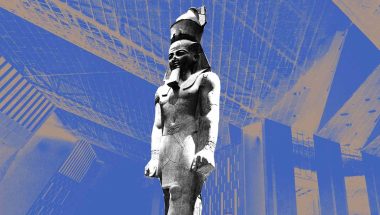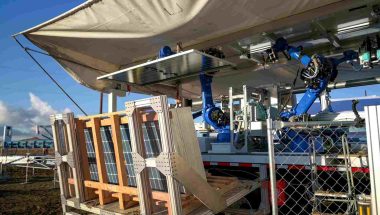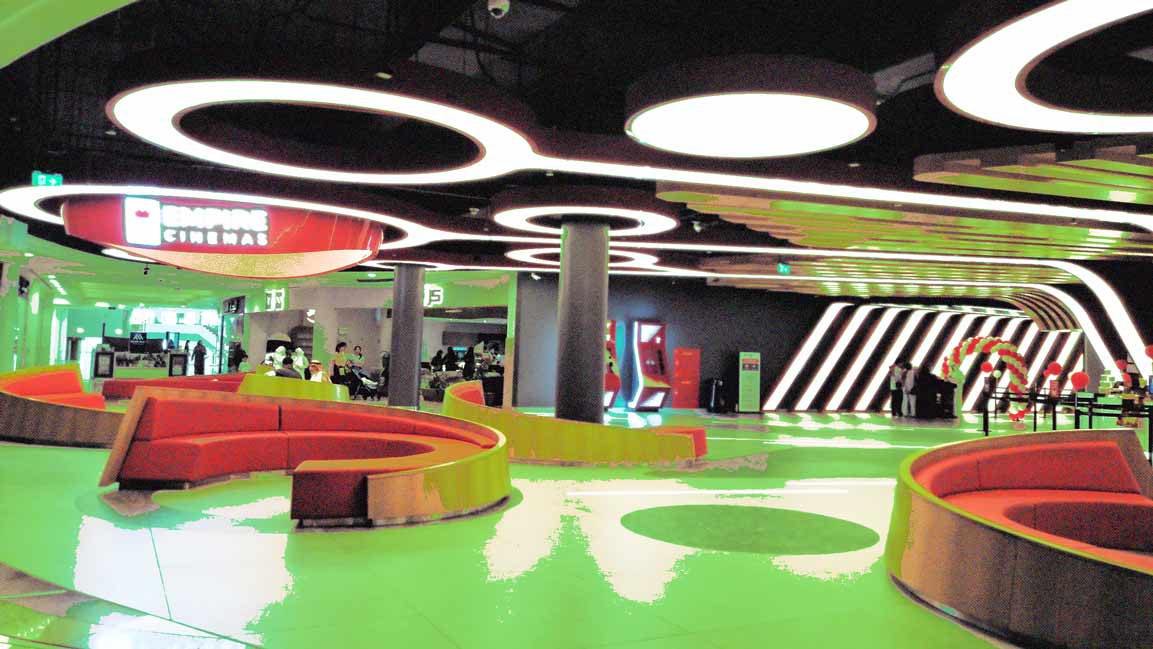- | 8:30 am
Pioneering Japanese designer Issey Miyake leaves a multifaceted legacy
Miyake died this week at age 84. He leaves behind his mark on fashion, retail, and even creativity itself.
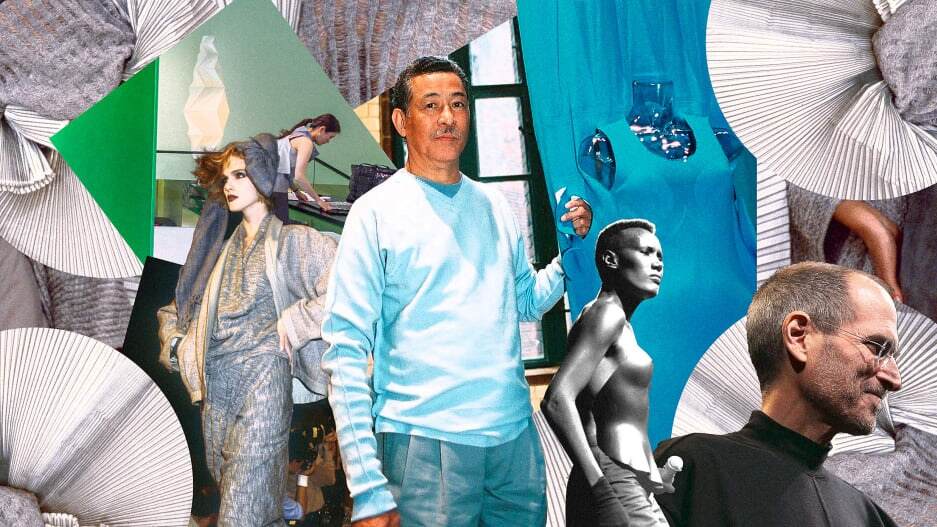
Issay Miyake, the Japanese fashion designer best known for his overt approach to pleated fashion, the iconic bao bao bag, and dressing Steve Jobs in his iconic turtleneck, has died at age 84.
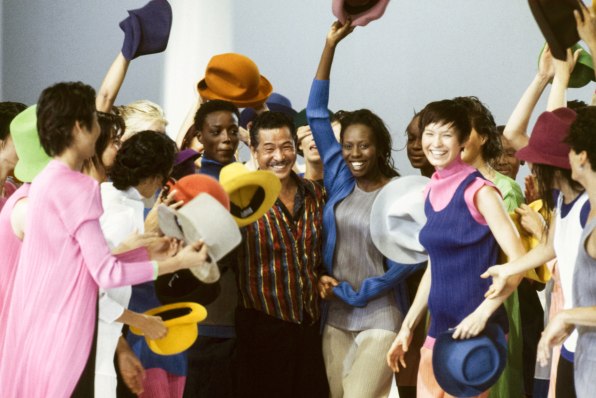
His groundbreaking pieces made their first splash in the 1960s, and incarnated the spirit of origami in textile form. The prisms and pleats in his skirts, trousers, and dresses—made possible thanks to the use of innovative new Japanese textiles, which he sometimes helped design—were as fun as they were technical. His use of performance-oriented textiles in ready-to-wear fashion also presaged the world of comfort-focused fashion today. As he told the New York Times in 1972: “Fashion must be new, but not faddish; practical yet elegant.”
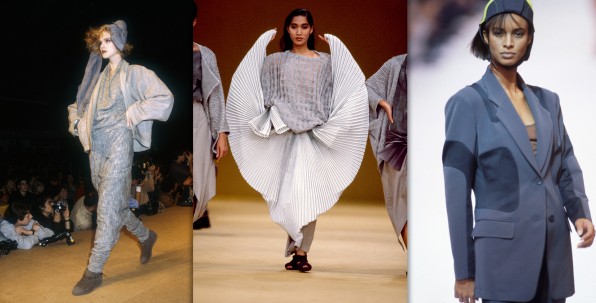
“Fashion”—or the artifice of fashion as a temporary, disposable item that rises and falls from season to season—was not a word he particularly liked. In fact, he preferred a more basic word: clothing. “I am most interested in people and the human form. Clothing is the closest thing to all humans,” Miyake told the Times in 2014. The basic nature of the word “clothing’”— almost pedestrian compared to the lofty term “fashion”—was also a reflection of his philosophy, the laser-like focus on simplicity and honesty. That point of view carried through to Miyake’s captivating but minimal retail stores he created along famous Japanese designer Shiro Kuramata.
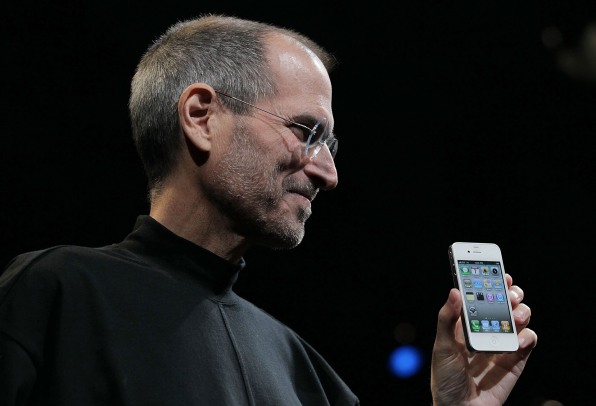
It is no wonder that Jobs was a fan of his work (squint at Miyake’s stores, and you can see the bones of an Apple store). Jobs went so far as to commission Miyake to create a uniform for Apple employees that never came to be. The idea was born during Jobs’s first visit to Japan in the 1980s, where he discovered Miyake’s uniform for Sony’s employees while touring the headquarters of the company. While Jobs never dressed Apple’s employees like Sony’s, he adopted the turtleneck for himself that became a symbol for an entire generation of creatives.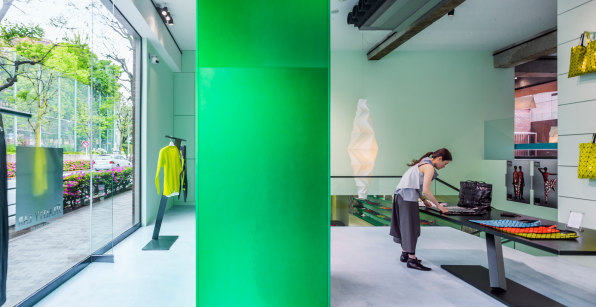
At age 7, Miyake survived the nuclear attack on Hiroshima, a fact he didn’t talk about for most of his life precisely to, as Vogue once pointed out, “avoid being called the designer who survived atomic bomb.”But this event shaped his life, as he admitted in 2012, in an op-ed he wrote in the New York Times to support President Obama’s effort to ban nuclear weapons. “When I close my eyes, I still see things no one should ever experience: a bright red light, the black cloud soon after, people running in every direction trying desperately to escape—I remember it all. Within three years, my mother died from radiation exposure,” he told the world for the first time.
That unthinkable event made him want to bring beauty and joy to the world through creation: “I gravitated toward the field of clothing design, partly because it is a creative format that is modern and optimistic.”






















